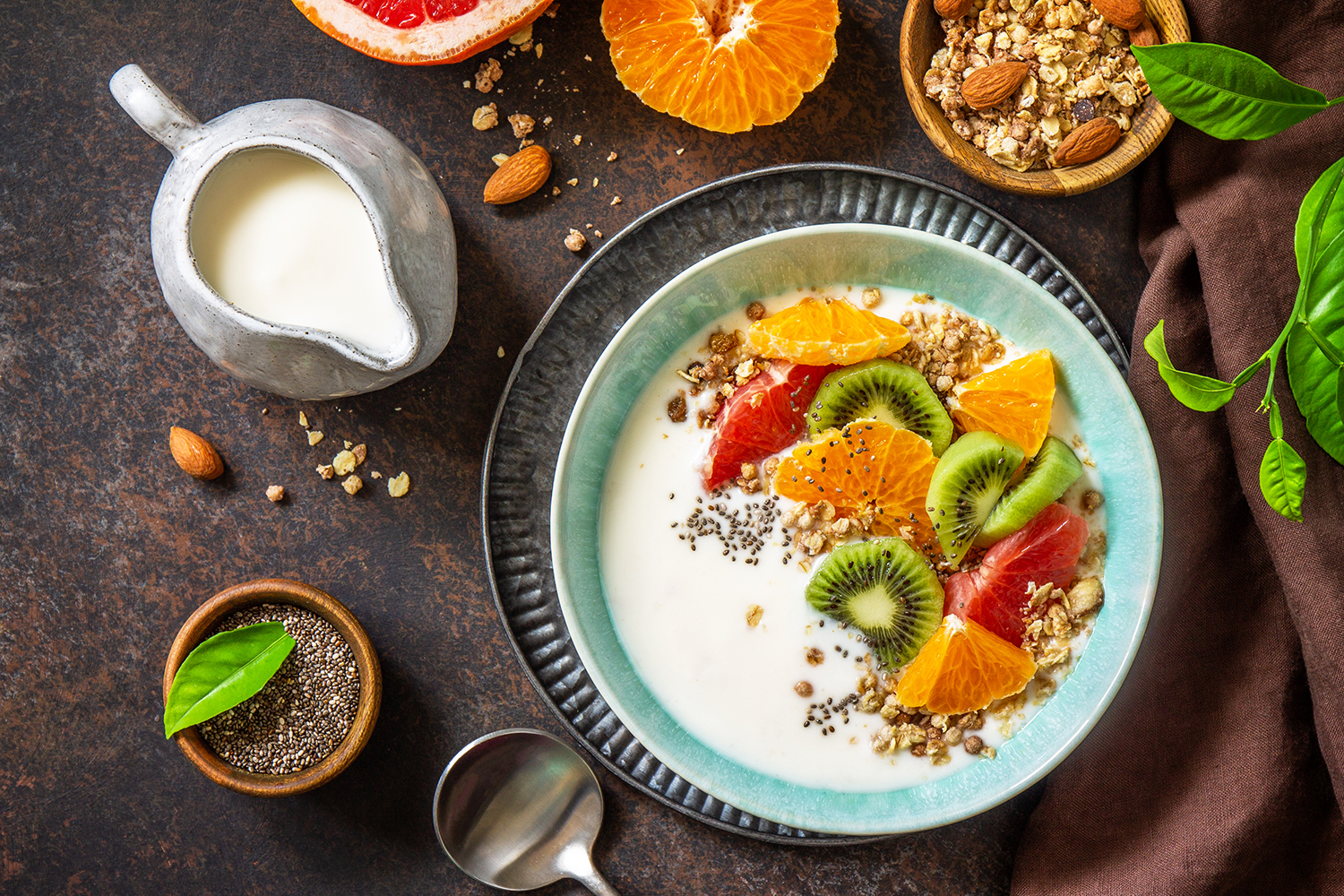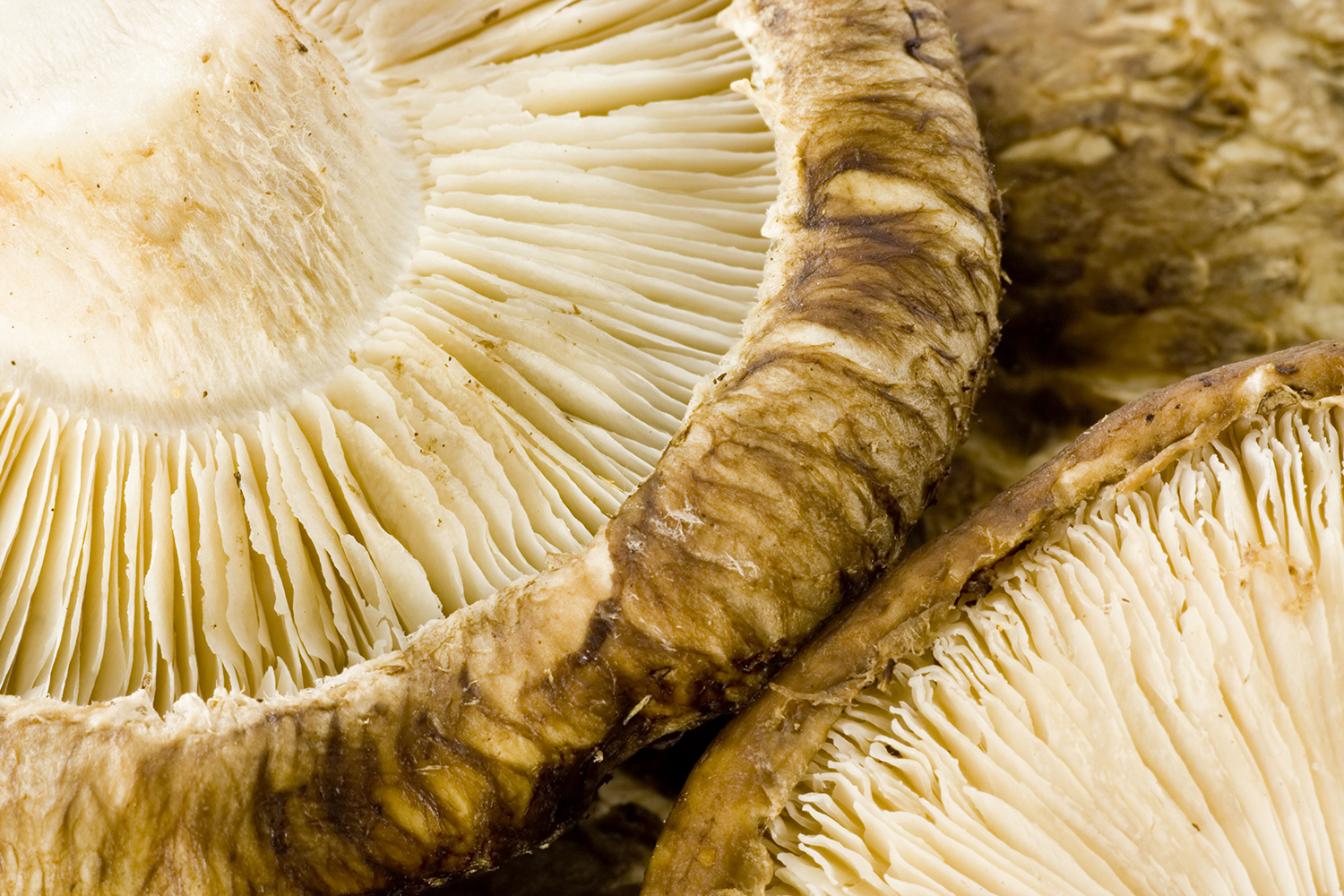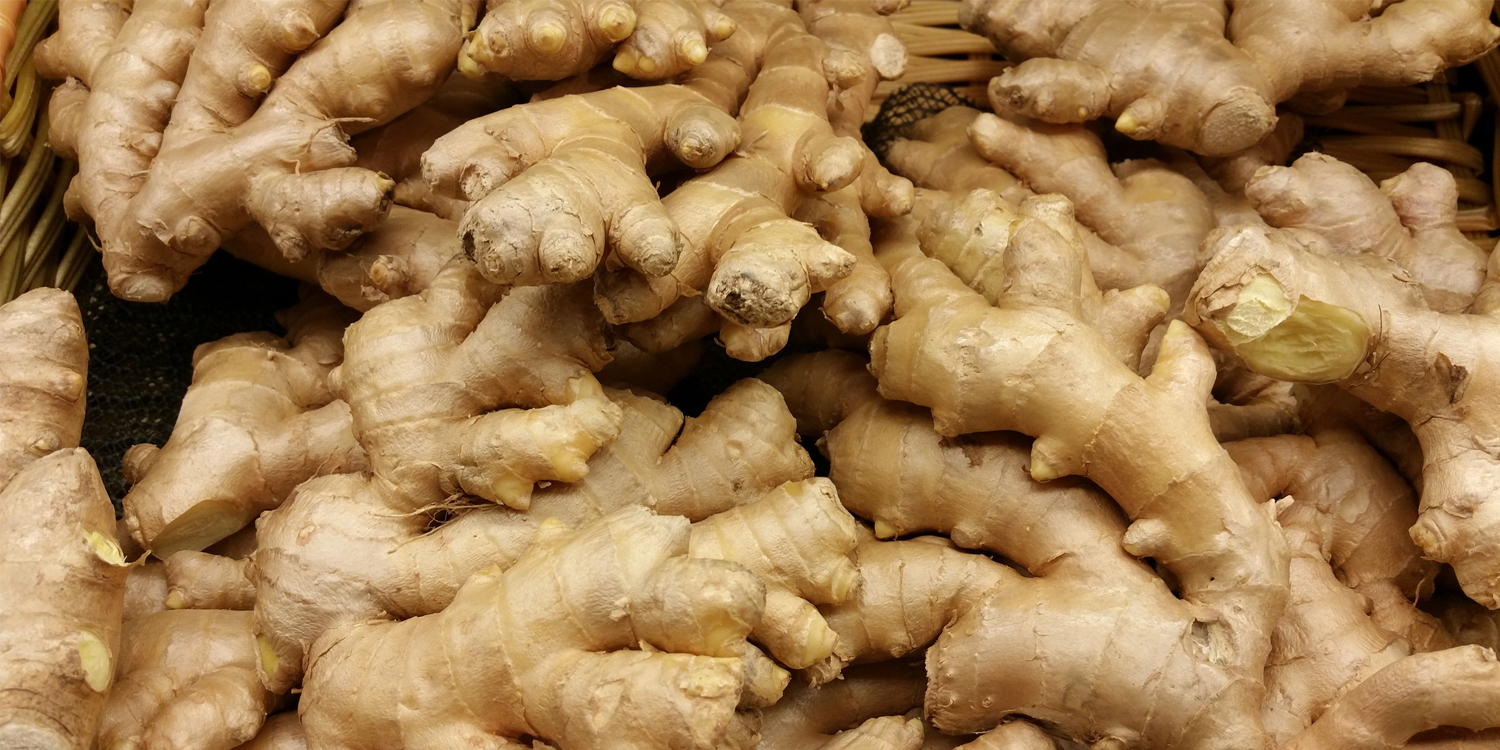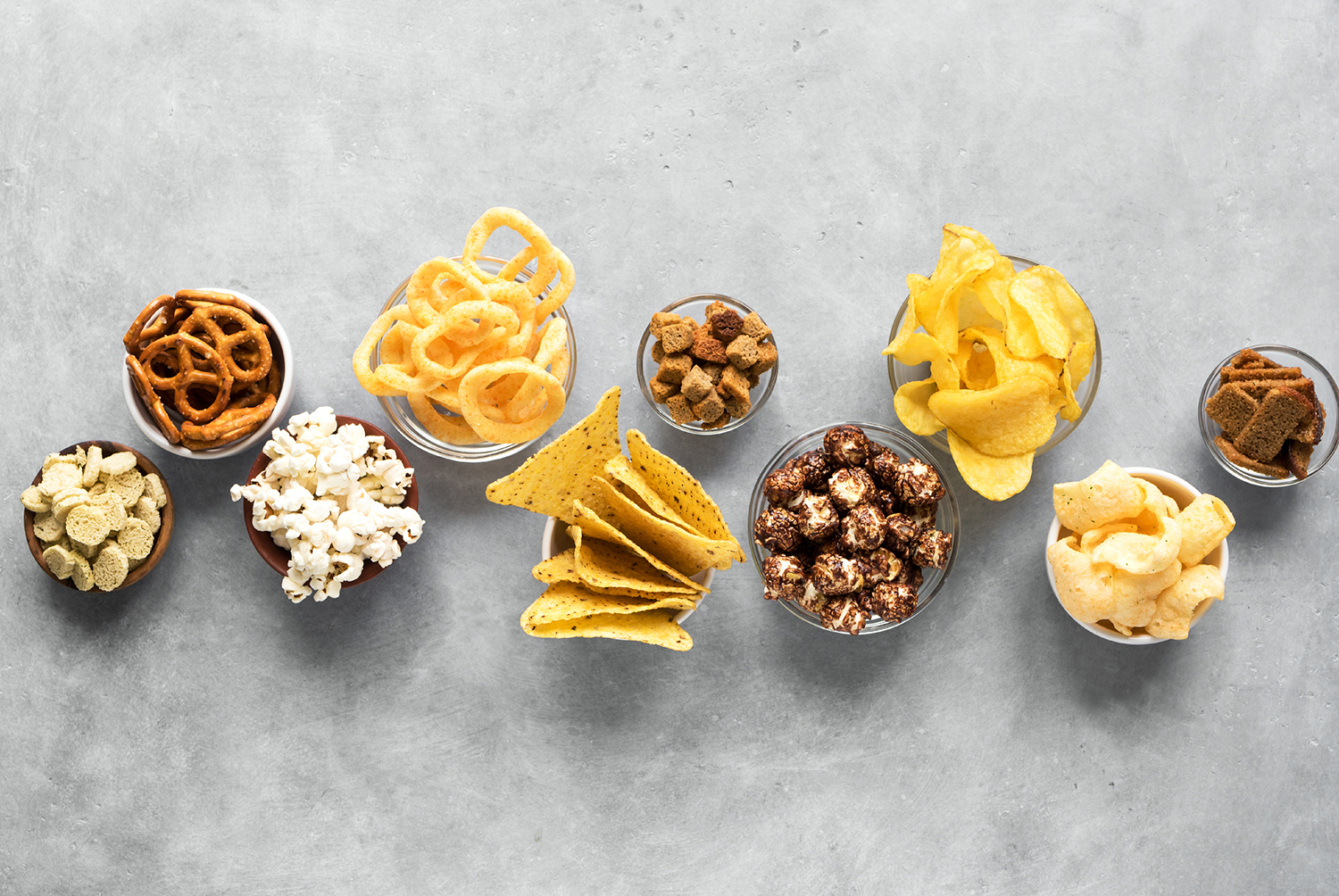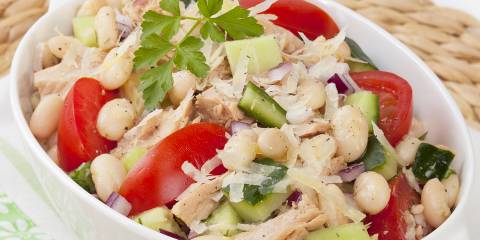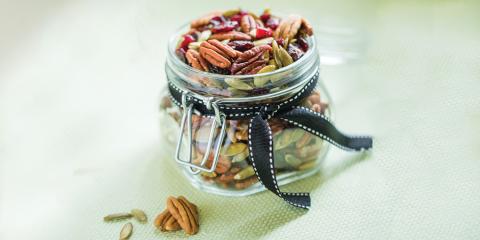Several recent studies have determined that the health of the human gut has a significant impact on outcomes of COVID-19 infections. The gut microbiome—those bacteria, fungi, yeast, and other microbes that live by the trillions in our digestive tract—can help or hinder recovery from viruses.
Yogurt: Packed with Probiotics
One food that significantly alters the microbiome in a positive way is yogurt. It’s rich in probiotic bacteria, which are vital for a robust immune system. These bacteria are abundant in many yogurt brands, but make sure the label gives assurance that the product contains live cultures.
A Healthy Gut Boosts Immunity
“Given the fact that the gut is heavily linked to immunity, inflammatory status, and the ability to challenge pathogens, it is worthwhile to consider dietary intervention of the gut microbiota as means of potentially challenging the viral outcome,” wrote the authors of a COVID-19 study published July 28 in the British Journal of Nutrition.
Probiotic bacteria are also abundant in kefir, sauerkraut, and other fermented foods.
COVID Connections
Earlier this year, researchers examined the digestive tracts of 100 hospitalized COVID-19 patients. They found that several strains of healthful bacteria were in short supply. Lower amounts of those bacteria were linked to more severe cases of the disease.
-
Speed Recovery
Additional research concluded that improving the microbiome might help speed recovery from the virus and may counter effects of “long COVID.”
-
Reduce Severe Disease Risk
Another study determined that the most severe cases of COVID-19 are often linked to underlying health conditions, “which are intriguingly characterized also by unhealthy microbiome status.”
Vitamins and Nutrients for Immunity
Supplements for Immunity
- Maitake mushroom extract has been shown to stimulate the immune system.
- Vitamins C, D, and E support immunity. Vitamin C also stimulates the production of infection-fighting white blood cells.
- Elderberry extract is rich in vitamin C.
- Zinc is essential for immune-cell function.
Nutrition for Immunity
- Garlic enhances immune function to protect against infection and contains other substances (vitamin C, zinc) that support the immune response.
- Oranges and other citrus fruits offer plenty of vitamin C.
- Salmon is a rich source of vitamin D, which supports cells that battle viruses.
- Almonds provide a natural dose of vitamin E.
- Green tea offers many health benefits, including immune support.
